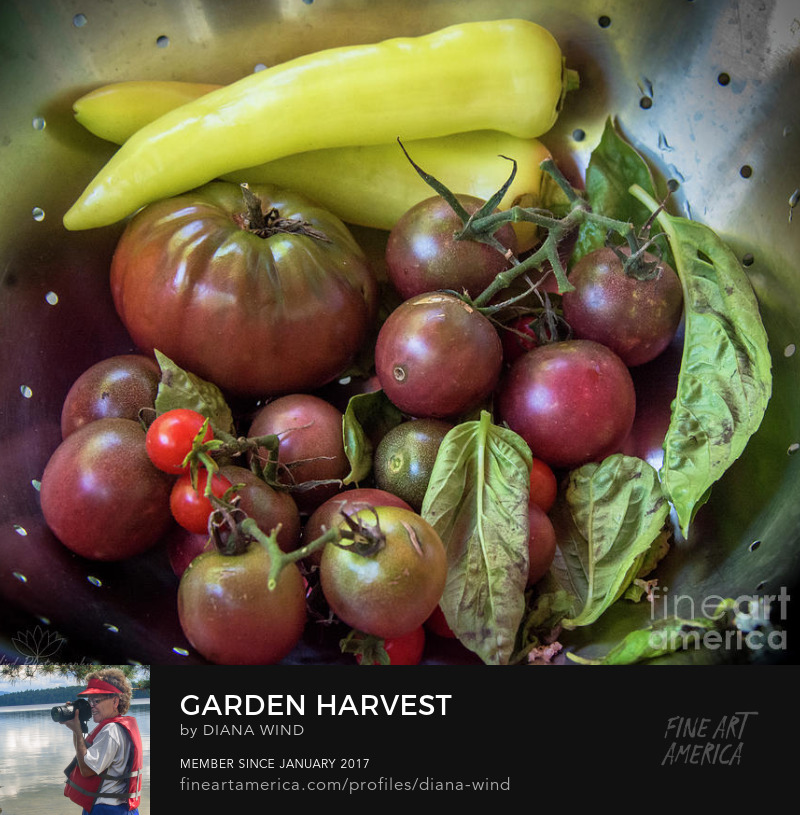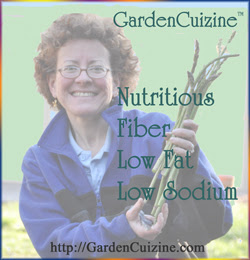
Deviled Spider Eggs
I have seen some fascinating spiders and webs in the garden, especially Orbweavers (Argiope). These spider deviled eggs were inspired by a recipe in Sunset Magazine and were created for a devilish Halloween appetizer. They can also be prepared without the spider olive décor, and served as classic deviled eggs.
You will love this recipe for healthy deviled eggs with ZERO saturated fat and LOW, practically zero cholesterol. That’s right, these hard cooked eggs are LOW in cholesterol with absolutely ZERO saturated fat. Regular deviled eggs, even if made with low fat mayonnaise, would contain saturated fat and over 100mg of cholesterol!
How can these healthy deviled eggs be possible? Get rid of the yolks. Chickpea hummus is the perfect color and a healthy alternative for the egg yolks that are notoriously high in cholesterol. Hummus can be easily made from scratch at home, or is readily available at the market. I used a commercial mild garlic flavored hummus for this recipe.
Ingredients:
6 eggs
1 cup hummus
1 Tablespoon sour cream
½ teaspoon curry powder
¼ teaspoon turmeric
¼ teaspoon dried mustard
Sprinkle Hungarian paprika
Olives for spiders
Salt and fresh ground black pepper to taste
Putting it all together
- Hard boil the eggs, cool and peel. Slice the eggs in half and dispose of the yolks.
- Season the egg whites with salt and pepper
- In a small mixing bowl mix the remaining ingredients and fill the egg white halves.
- Sprinkle the tops with Hungarian paprika
- decorate with sliced olives to make a spider design as shown
Happy Halloween!
GardenCuizine Nutrition Analysis: Calculated from USDA nutrient values 1/12 of recipe, serving size: 38g, Calories 44, Calories from fat: 18, total fat: 2g, Saturated fat: 0g, Cholesterol 0.5mg, Sodium 106mg, Dietary fiber: 1g, Protein: 3g, Folate: 18mcg (4%DV), Riboflavin: 0.1 mg (5%DV), Manganese: 0.2mg (8%DV), Selenium: 4mcg (6%DV)
Percent Daily Values (%DV) are reference values for adults and children age 4 or older, and are based on a 2,000 calorie diet. Your personal daily values may be higher or lower based on your individual needs.
Copyright © 2009 Wind. All rights reserved.
































